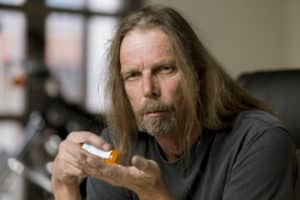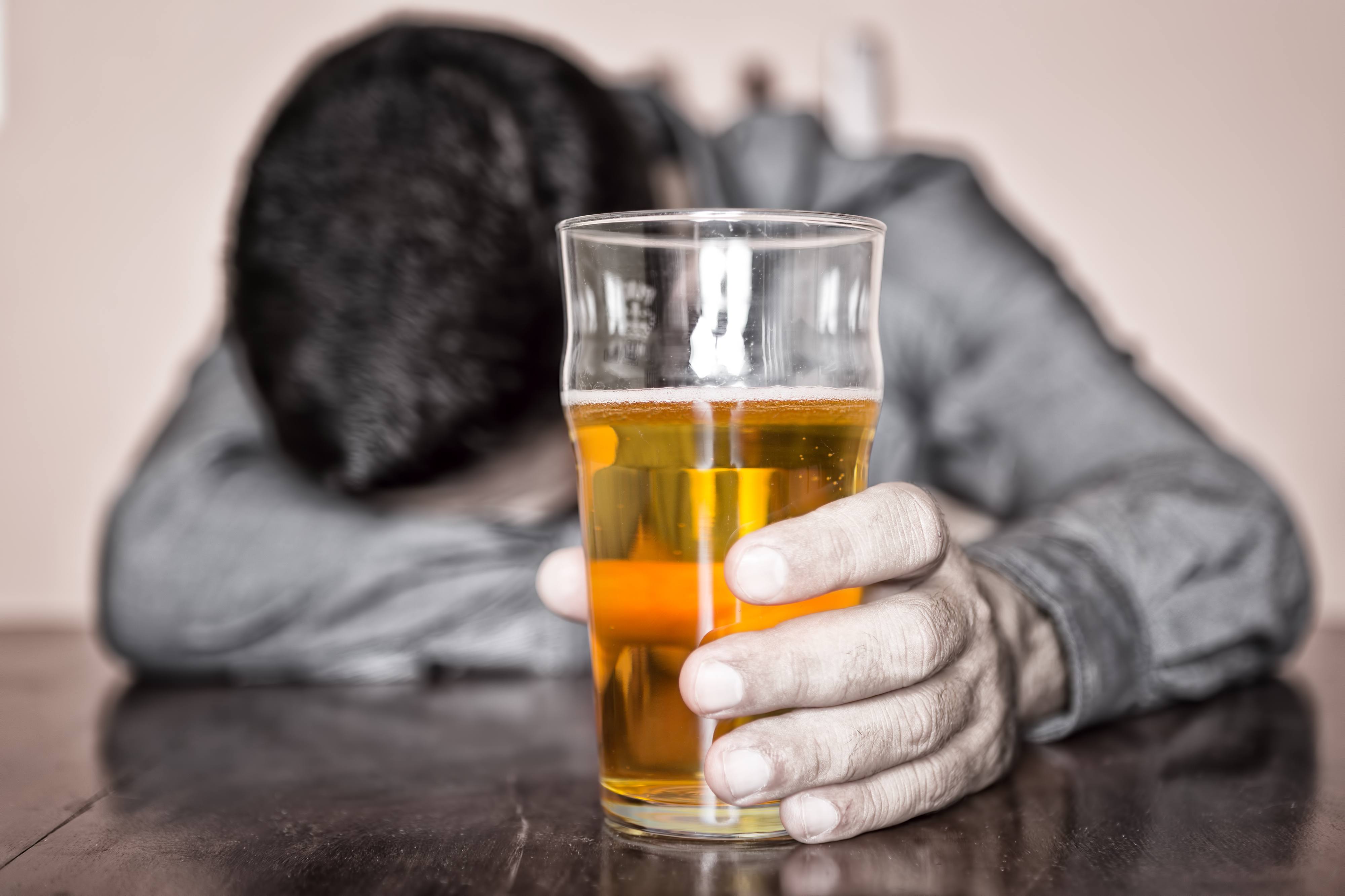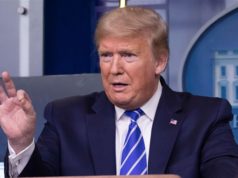 Sixty doctors and pharmacists have been charged by federal prosecutors for illegally giving patients opioid prescriptions, The prosecutors say this is the biggest bust of its kind in United States history. The doctors have been charged for a number of different crimes. Some traded opioids for sex, others performed unneeded operations to have a reason to write painkiller prescriptions, and some wrote prescriptions for Facebook friends without giving the proper medical exams.
Sixty doctors and pharmacists have been charged by federal prosecutors for illegally giving patients opioid prescriptions, The prosecutors say this is the biggest bust of its kind in United States history. The doctors have been charged for a number of different crimes. Some traded opioids for sex, others performed unneeded operations to have a reason to write painkiller prescriptions, and some wrote prescriptions for Facebook friends without giving the proper medical exams.
The list of charged doctors included podiatrists, dentists, surgeons, general practitioners and nurses. The prosecutors say the methods used by the accused were all different, but they led to the same result: people who are addicted to painkillers and opioids were given dangerous amounts of the drugs. Illegal prescriptions accounted for 32 million pain pills in the wrong hands.
A special division of the U.S. Justice Department began making their arrests in mid-April. The arrests were primarily in the rural parts of the eastern United States. These areas have been hit particularly hard by addiction to heroin and painkillers. Most of the defendants face charges of unlawful distribution of controlled substances. They gave out roughly 350,000 illegal prescriptions across five states.
Prosecutors chose to refer to the doctors and pharmacists as “drug dealers.” The accused were seeing about 28,000 patients combined at the time of the arrests. Assistant attorney general Brian Benczkowski said if doctors act like drug dealers, they will be treated like drug dealers.
 The special division “strike force” included over 300 investigators across all five states. Finding these “drug dealers” was the main goal of the bust, but it wasn’t the only goal. The strike force is also working with public health officials to get the addicted patients into treatment. Brian Glassman, a U.S. attorney for the Southern district of Ohio, says this effort is the first of its kind. According to Glassman, closing clinics that were selling the drugs does nothing to help the addicted people. Instead, there will now be a public health official stationed at all of the affected clinics. The special division wants to put resources in place to get these people off of painkillers. Glassman called opioid addiction the most pressing public health issue in our lifetime.
The special division “strike force” included over 300 investigators across all five states. Finding these “drug dealers” was the main goal of the bust, but it wasn’t the only goal. The strike force is also working with public health officials to get the addicted patients into treatment. Brian Glassman, a U.S. attorney for the Southern district of Ohio, says this effort is the first of its kind. According to Glassman, closing clinics that were selling the drugs does nothing to help the addicted people. Instead, there will now be a public health official stationed at all of the affected clinics. The special division wants to put resources in place to get these people off of painkillers. Glassman called opioid addiction the most pressing public health issue in our lifetime.
The strike force used a two-part tactic to fight the opioid epidemic. First, they monitored data about where prescriptions were being given in large numbers by looking at each state’s Medicaid billing. Then they used a traditional undercover operation to find potential suspects. Benczkowski said they wanted to move quickl; the investigation took about three months.
Federal prosecutors said this illegal prescription problem is particularly bad in rural communities. The people in these communities have limited options for medical treatment, so the effects on small towns can be dramatic. Some of the doctors charged hosted their own pharmacies and charged fabricated fees. Others issued blank prescriptions that patients or other office staff members could fill out themselves.
 Thousands of people have received the illegal prescriptions, amounting to enough illegal pills for every person across all five states to take one dose. Some people were given treatments they did not need in order for a doctor to fill an illegal prescription. One of the dentists charged even pulled a patient’s teeth unnecessarily. The medical professionals also used other schemes to distribute the drugs, including having the patients go to a different state to fill a prescription or simply go to a different pharmacy.
Thousands of people have received the illegal prescriptions, amounting to enough illegal pills for every person across all five states to take one dose. Some people were given treatments they did not need in order for a doctor to fill an illegal prescription. One of the dentists charged even pulled a patient’s teeth unnecessarily. The medical professionals also used other schemes to distribute the drugs, including having the patients go to a different state to fill a prescription or simply go to a different pharmacy.
This region of the country has been the worst for addiction and illegal prescriptions. According to the Center for Disease Control, West Virginia, Ohio, and Kentucky were all in the top five states for most overdose deaths. Prescription opioid use is down in Ohio, but it remains a pressing problem. Statistics show it is a gateway drug for heroin.
This isn’t the first bust in recent years. 162 people were charged just last year in connection with the opioid epidemic in a nationwide fight against healthcare fraud. Two doctors charged then were from a Cincinnati clinic that would prescribe highly addictive drugs without even being seen by a doctor.
From 1999 to 2017, opioid related deaths have multiplied by five and a total of over 218,000 people have died.


























